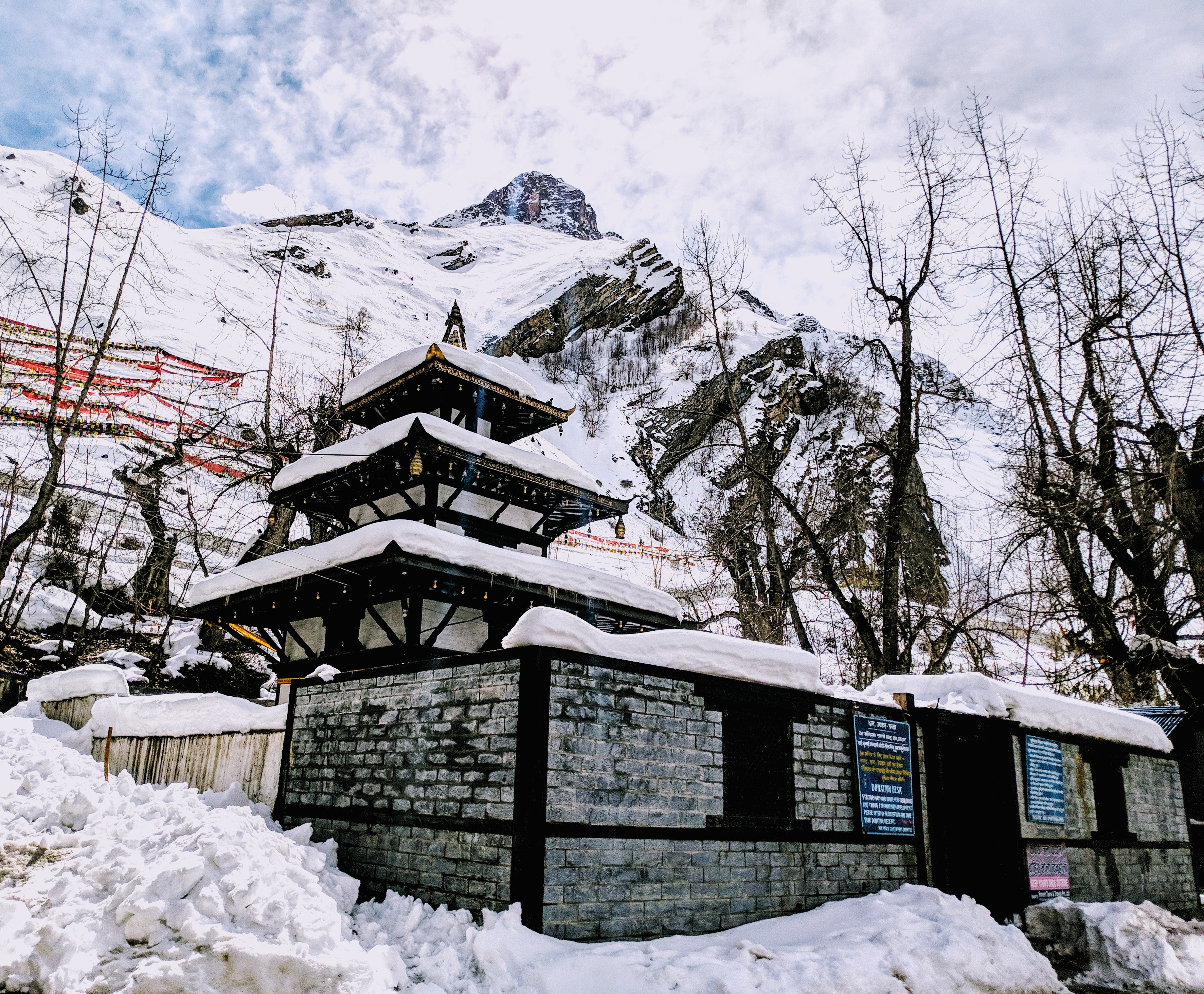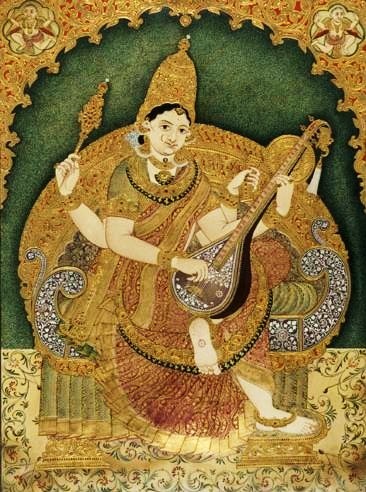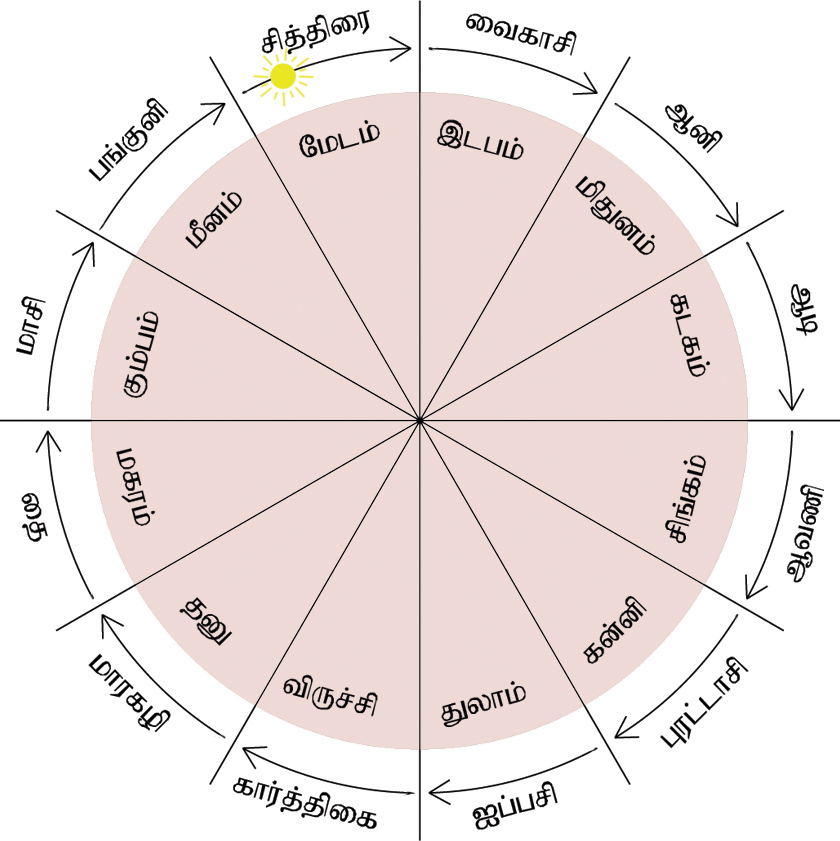|
Tiruvelukkai
Tiruvelukkai located in Kanchipuram in the South Indian state of Tamil Nadu, is dedicated to the Hindu god Vishnu. Constructed in the Dravidian style of architecture, the temple is glorified in the '' Nalayira Divya Prabandham'', the early medieval Tamil canon of the Alvar saints from the 6th–9th centuries CE. It is one of the 108 '' Divya Desams'' dedicated to Vishnu, who is worshipped as Aḻagiya Singar (Narasimha) and his consort Lakshmi as Amruthavalli. This is the smallest divyadesam in Kanchipuram, however Vedanta Desika wrote kamasikashtakam on this perumal. The temple is believed to have been built by the Pallavas of the late 8th century CE, with later contributions from Medieval Cholas and Vijayanagara kings. The temple has three inscriptions on its walls, two dating from the period of Kulothunga Chola I (1070–1120 CE) and one to that of Rajadhiraja Chola (1018-54 CE). A granite wall surrounds the temple, enclosing all the shrines and two bodies of water ... [...More Info...] [...Related Items...] OR: [Wikipedia] [Google] [Baidu] |
Divyadesam
Divya Desam (, ) or Vaishnava Divya Desams are the 108 Vishnu and Lakshmi temples that are mentioned in the works of the Alvars, the poet-saints of the Sri Vaishnava tradition. By comparison, the Paadal Petra Sthalam are the 276 Shiva temples glorified in the works of the Shaiva Nayanars. Of the 108 temples, 105 are in India, one is in Nepal, and the last two are believed to be outside the earth, in Tirupparkatal and Vaikuntham. In India, they are spread across the states of Tamil Nadu (84), Kerala (11), Andhra Pradesh (2), Gujarat (1), Uttar Pradesh (4), and Uttarakhand (3). Muktinath, Saligramam is the only Divya Desam in Nepal. Tamil Nadu is home to the most number of Divya Desams with 25 of them being located in the Chennai Metropolitan Area. The Divya Desams are revered by the 12 Alvars in the ''Naalayira Divya Prabandham'', a collection of 4,000 Tamil verses. The Divya Desams follow either Tenkalai or Vadakalai modes of worship. Etymology In Sanskrit, ''divya'' means ... [...More Info...] [...Related Items...] OR: [Wikipedia] [Google] [Baidu] |
Kanchipuram
Kanchipuram (International Alphabet of Sanskrit Transliteration, IAST: '; ), also known as Kanjeevaram, is a stand alone city corporation, satellite nodal city of Chennai in the Indian state of Tamil Nadu in the Tondaimandalam region, from Chennaithe capital of Tamil Nadu. Known as the ''City of Thousand Temples'', Kanchipuram is known for its temple architectures, 1000-pillared halls, huge temple towers and silk saris. Kanchipuram serves as one of the most important inland tourist destinations in India. Kanchipuram has become a centre of attraction for foreign tourists as well. The city covers an area of and an estimated population of 232,816 in 2011. It is the administrative headquarters of Kanchipuram District. Kanchipuram is well-connected by road and rail. Kanchipuram is a Tamil language, Tamil name formed by combining two words, "Mallotus (plant), kanchi" and "puram," together meaning "the city of kaanchi flowers" (due to the abundance of kaanchi flowers in those regi ... [...More Info...] [...Related Items...] OR: [Wikipedia] [Google] [Baidu] |
Vishnu
Vishnu (; , , ), also known as Narayana and Hari, is one of the Hindu deities, principal deities of Hinduism. He is the supreme being within Vaishnavism, one of the major traditions within contemporary Hinduism, and the god of preservation (sattva). Vishnu is known as ''The Preserver'' within the Trimurti, the triple deity of Para Brahman, supreme divinity that includes Brahma and Shiva.Gavin Flood, An Introduction to Hinduism' () (1996), p. 17. In Vaishnavism, Vishnu is the supreme Lord who creates, protects, and transforms the Hindu cosmology, universe. Tridevi is stated to be the energy and creative power (Shakti) of each, with Lakshmi being the equal complementary partner of Vishnu. He is one of the five equivalent deities in Panchayatana puja of the Smarta tradition of Hinduism. According to Vaishnavism, the supreme being is with qualities (Saguna Brahman, Saguna), and has definite form, but is limitless, transcendent and unchanging absolute Brahman, and the primal Atma ... [...More Info...] [...Related Items...] OR: [Wikipedia] [Google] [Baidu] |
Kulothunga Chola I
Kulottunga Chola I ('; Middle Tamil: Kulōttuṅka Cōḻaṉ; Classical Sanskrit: Kulottuṅgā Cōḷa; 1025–1122) also spelt Kulothunga (), born Rajendra Chalukya ( Telugu: Rājēndra Cāḷukyuḍu), was a Chola Emperor who reigned from 1070 to 1122 succeeding his cousin Athirajendra Chola. He also served as the Eastern Chalukya monarch from 1061 to 1118, succeeding his father Rajaraja Narendra. He is related to the Chola dynasty through his mother's side and the Eastern Chalukyas through his father's side. His mother, Ammangaidevi, was a Chola princess and the daughter of emperor Rajendra Chola I. His father was king Rajaraja Narendra of the Eastern Chalukya dynasty who was the nephew of Rajendra and maternal grandson of Rajaraja Chola I. According to historian Sailendra Nath Sen, his accession marked the beginning of a new era and ushered in a period of internal peace and benevolent administration. He was succeeded by his son Vikrama Chola. Kulottunga had diploma ... [...More Info...] [...Related Items...] OR: [Wikipedia] [Google] [Baidu] |
Indra
Indra (; ) is the Hindu god of weather, considered the king of the Deva (Hinduism), Devas and Svarga in Hinduism. He is associated with the sky, lightning, weather, thunder, storms, rains, river flows, and war. [3 volumes] Indra is the most frequently mentioned deity in the ''Rigveda''. He is celebrated for his powers based on his status as a god of order, and as the one who killed the great evil, an Asura (Hinduism), asura named Vritra, who obstructed human prosperity and happiness. Indra destroys Vritra and his "deceiving forces", and thereby brings rain and sunshine as the saviour of mankind. Indra's significance diminishes in the post-Vedic Indian literature, but he still plays an important role in various mythological events. He is depicted as a powerful hero. According to the ''Vishnu Purana'', Indra is the title borne by the king of the gods, which changes every Manvantara – a cyclic period of time in Hindu cosmology. Each Manvantara has its own Indra and the In ... [...More Info...] [...Related Items...] OR: [Wikipedia] [Google] [Baidu] |
Brahma
Brahma (, ) is a Hindu god, referred to as "the Creator" within the Trimurti, the triple deity, trinity of Para Brahman, supreme divinity that includes Vishnu and Shiva.Jan Gonda (1969)The Hindu Trinity, Anthropos, Bd 63/64, H 1/2, pp. 212–226.Jan Gonda (1969)The Hindu Trinity, Anthropos, Bd 63/64, H 1/2, pp. 218–219. He is associated with creation, knowledge, and the ''Vedas''. Brahma is prominently mentioned in Creation myth, creation legends. In some ''Puranas'', he created himself in a golden embryo known as the Hiranyagarbha. Brahma is frequently identified with the Rigvedic deities, Vedic god Prajapati.;David Leeming (2005), The Oxford Companion to World Mythology, Oxford University Press, , page 54, Quote: "Especially in the Vedanta Hindu Philosophy, Brahman is the Absolute. In the Upanishads, Brahman becomes the eternal first cause, present everywhere and nowhere, always and never. Brahman can be incarnated in Brahma, in Vishnu, in Shiva. To put it another way, eve ... [...More Info...] [...Related Items...] OR: [Wikipedia] [Google] [Baidu] |
Saraswathi
Saraswati (, ), also spelled as Sarasvati, is one of the principal goddesses in Hinduism, revered as the goddess of knowledge, education, learning, arts, speech, poetry, music, purification, language and culture. Together with the goddesses Lakshmi and Parvati, she forms the trinity of chief goddesses, known as the Tridevi. Sarasvati is a pan-Indian deity, venerated not only in Hinduism but also in Jainism and Buddhism.Ludvik (2007), pp. 1, 11. She is one of the prominent goddesses in the Vedic tradition (1500 to 500 BCE) who retains her significance in later Hinduism. In the Vedas, her characteristics and attributes are closely connected with the Sarasvati River, making her one of the earliest examples of a river goddess in Indian tradition. As a deity associated with a river, Sarasvati is revered for her dual abilities to purify and to nurture fertility. In later Vedic literature, particularly the Brahmanas, Sarasvati is increasingly identified with the Vedic goddess of sp ... [...More Info...] [...Related Items...] OR: [Wikipedia] [Google] [Baidu] |
Sthala Purana
A sthala purana or sthala puranam () refers to a religious account that recounts the historical significance of a Hindu temple, or the sacredness of the region in which it is situated. It is sometimes referred to as a eulogistic work that glorifies a sacred site. The name of a given place and the temple present in a sthala purana traditionally has a religious or a historical association, with some major event surrounding it. Etymology Sthala Purana comes from the Sanskrit terms ''Sthala'', meaning, 'place', and ''Purana'', meaning, 'history'. A Sthala Purana serves to offer information regarding the events associated with a given place, which is usually a temple. Description Sthala Puranas were historically transmitted orally, traditionally by the Pujari, priests of a Hindu temple, who would recount the account during Puja (Hinduism), puja. They were also sometimes preserved in manuscripts, usually included in works of religious literature. In the contemporary period, these ... [...More Info...] [...Related Items...] OR: [Wikipedia] [Google] [Baidu] |
Government Of Tamil Nadu
The Government of Tamil Nadu () is the administrative body responsible for the governance of the Indian state of Tamil Nadu. Chennai is the capital of the state and houses the state executive, legislature and head of judiciary. Under the Constitution of India, ''de jure'' executive authority lies with the governor, although this authority is exercised only by, or on the advice of, the chief minister, the '' de facto'' authority and the cabinet. Following elections to the Tamil Nadu Legislative Assembly, the state's governor usually invites the party (or coalition) with a majority of seats to form the government. The governor appoints the chief minister, whose council of ministers are collectively responsible to the assembly. Legislative assembly elections are held every five years to elect a new assembly, unless there is a successful vote of no confidence in the government or a two-thirds vote for a snap election in the assembly, in which case an election may be held soon ... [...More Info...] [...Related Items...] OR: [Wikipedia] [Google] [Baidu] |
Tamil Calendar
The Tamil calendar (தமிழ் நாட்காட்டி) is a Sidereal time, sidereal solar calendar used by the Tamil people of the Indian subcontinent. It is also used in Puducherry (union territory), Puducherry, and by the Tamil people, Tamil population in Sri Lanka, Malaysia, Singapore, Myanmar and Mauritius. It is used in contemporary times for cultural, religious and agricultural events, with the Gregorian calendar largely used for official purposes both within and outside India. The Tamil calendar is based on the solar calendar. Description The calendar follows a 60-year cycle that is also very ancient and is observed by most traditional calendars of India and China. This is related to 5 12-year revolutions of Jupiter around the Sun and one that adds up to 60 years and the orbit of Nakshatras (stars) as described in the Surya Siddhanta. In the Gregorian year , the Tamil year starts on 14 April , Kaliyuga . The Vikrama era, Vikrama and Shalivahana era, S ... [...More Info...] [...Related Items...] OR: [Wikipedia] [Google] [Baidu] |
Krishna Janmashtami
Krishna Janmashtami (), also known simply as Krishnashtami, Janmashtami, or Gokulashtami, is an annual Hindu festival that celebrates the birth of Krishna, the eighth avatar of Vishnu. In certain Hindu texts, such as the '' Gita Govinda'', Krishna has been identified as supreme God and the source of all avatars. Krishna's birth is celebrated and observed on the eighth day ( Ashtami) of the dark fortnight ( Krishna Paksha) in Shravana Masa (according to the amanta tradition). According to the purnimanta tradition), Krishna's birth is celebrated on the eighth day (Ashtami) of the dark fortnight (Krishna Paksha) in Bhadrapada Masa. This overlaps with August or September of the Gregorian calendar. It is an important festival, particularly in the Vaishnavism tradition of Hinduism. The celebratory customs associated with Janmashtami include a celebration festival, reading and recitation of religious texts, dance and enactments of the life of Krishna according to the ''Bh ... [...More Info...] [...Related Items...] OR: [Wikipedia] [Google] [Baidu] |






